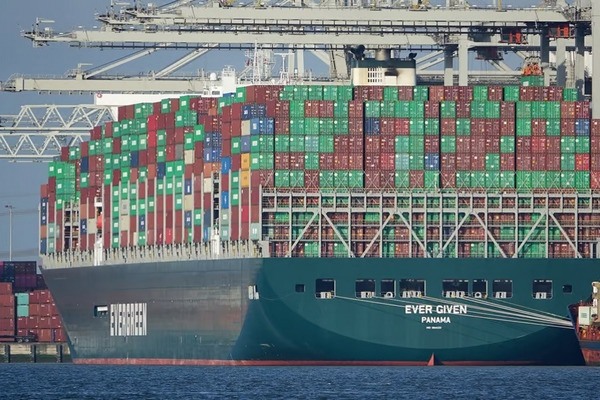In 2021, the Suez Canal experienced a blockage when the container ship Ever Given ran aground on March 23, causing a six-day disruption that had a wide-reaching impact on global logistics. This incident has been analyzed in a study that involved a European research team and the School of Business, Economics, and Law at the University of Gothenburg. They focused on the economic and environmental repercussions of such disruptions in maritime logistics, using ship data to develop a comprehensive model.

Given that approximately 80% of international trade is transported by sea, with an average of 50 container ships navigating the Suez Canal daily, the blockage underscored the fragility of global supply chains. Kevin Cullinane, a contributing author, emphasized the importance of having solid contingency plans and exploring alternative transport routes to mitigate future risks. The study specifically examined the impact on Maersk Line, which represents a third of the commercial vessels affected, with 69 of its ships either rerouted or delayed. This resulted in a financial loss of $89 million for Maersk, with the largest expense being the cost of holding container inventories at $76 million, alongside ship and environmental costs.
The analysis revealed that the blockage led to an increase in carbon dioxide emissions by 44,574 tons for Maersk's fleet due to extended voyages and waiting times, quantifying the environmental cost by using the European Commission's standard external cost for the transport sector of $100 per tonne of CO2. Furthermore, the Suez Canal Authority faced a loss of $5.9 million due to the detours taken by the ships.
This study's methodology offers a framework for evaluating the consequences of other logistical disruptions, such as those caused by Houthi rebel attacks on cargo ships in the Red Sea, prompting reroutes around the Cape of Good Hope and altering the usual Suez Canal route. Theo Notteboom, another author, highlighted the broader implications of such disruptions on inventory holding costs and carbon dioxide emissions, suggesting the utility of their model for assessing the costs of significant disruptions to global maritime trade.
Source: DownToEarth
